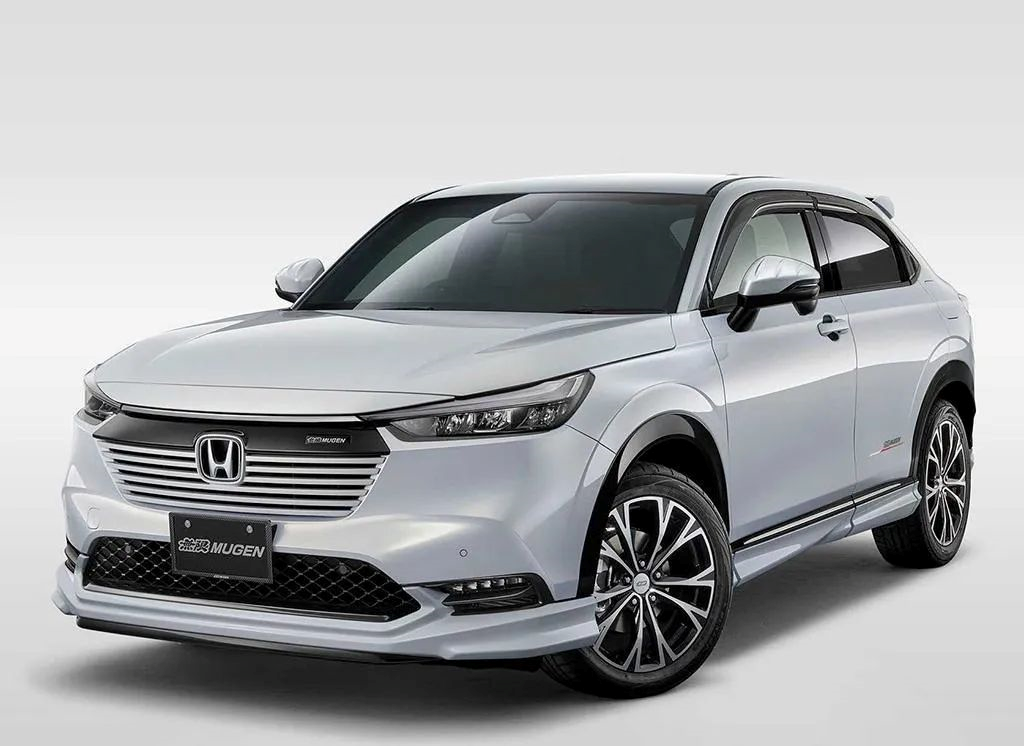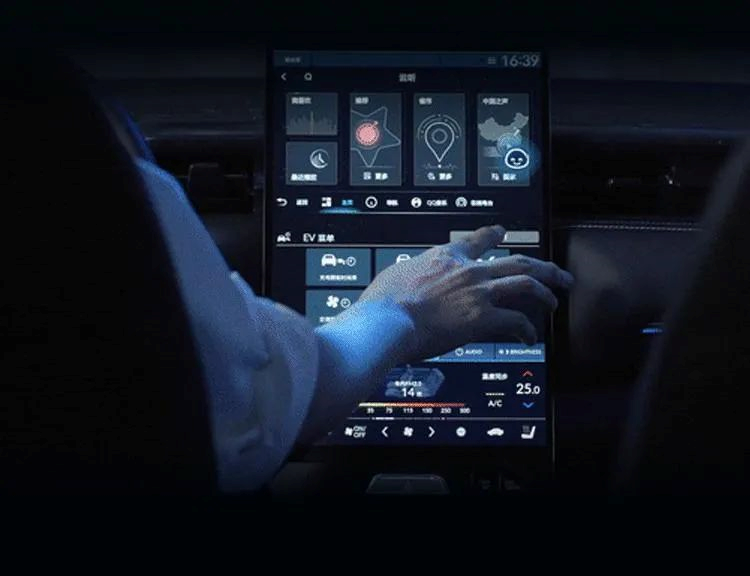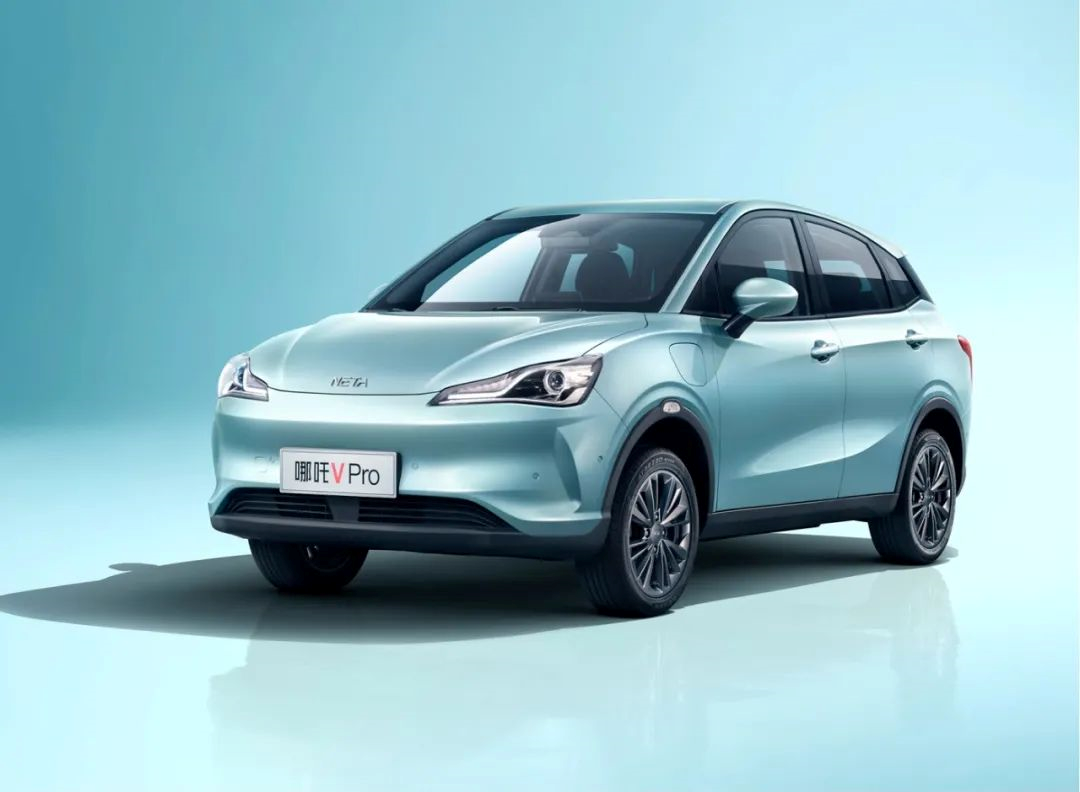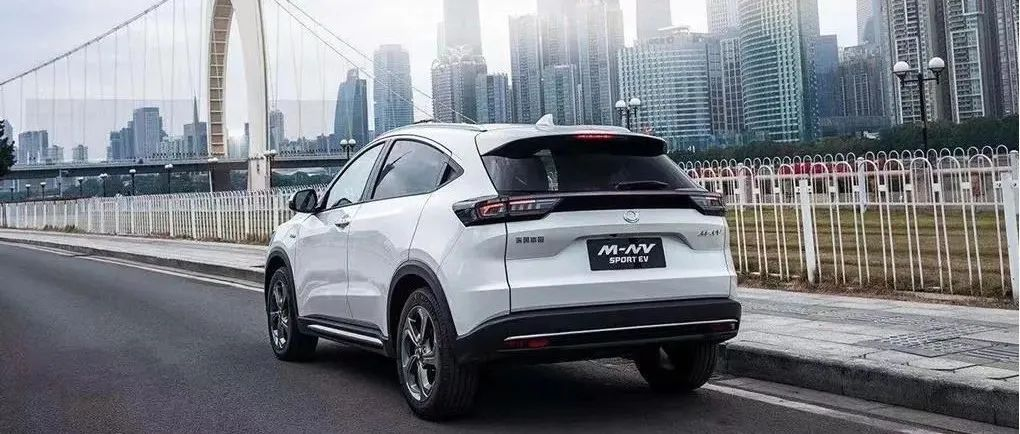Article by | Li Ka-shing
Editing by | Cold Zelin
On April 25th, Honda released its first new energy vehicle, the e:NS1, with a price range of 180,000 to 210,000 yuan. Before the debut of this new model, let’s first get to know another Honda vehicle, the VEZEL/HR-V, that has already been released overseas.

The VEZEL and HRV are the overseas versions of the Chinese models, the Breeze and XRV respectively. This upgraded new Honda model will also be released in China by Dongfeng Honda and GAC Honda later this year. However, in the process of switching energy sources, Honda is not in a hurry to release these two models in China. Instead, they have taken the lead and released the e:NS1.
In fact, the Honda e:NS1 is the new energy version of the VEZEL and HRV. Obviously, Honda’s early release of the e:NS1 four months ahead of the new generation XR-V has a certain purpose.
What is Honda’s Purpose in Taking the Lead in Releasing New Energy Vehicles?
In the past few years, Honda has also entered the new energy field. Whether it’s the X-NV launched in 2019 or the M-NV launched in 2020, both were developed by Honda. However, they were not sold under the Honda brand but rather under Dongfeng Honda’s joint venture brand called Ciimo.
The difference between the X-NV and M-NV and the XRV and Breeze is not great. However, since these two vehicles are both oil-to-electric models and Ciimo is not very well-known in the Chinese market, Chinese consumers are not interested.
To this end, Honda did not include these two models in their long-term plan. Therefore, when Honda released its strategic blueprint in October of last year, the e:NS1 was born. On the one hand, this is Honda’s positive response to the new trend of the times.
On the other hand, Honda may also want to salvage their brand image and not be labeled as an “oil-to-electric” brand, but rather let the e:NS1 become the benchmark product of Honda’s new energy era.
What we need to investigate further is that “oil-to-electric” models are not necessarily inferior to pure electric vehicles. However, once labeled as an “oil-to-electric” model, it is still not conducive to promotion and corporate image.
What is Honda’s Selling Point Without an Engine?
As an old-fashioned fuel car brand that has entered the field of new energy vehicles, Honda has shown a different approach to car manufacturing compared to new forces. While companies such as WeRide focus on acceleration and intelligence as selling points, Honda claims that its first vehicle, the e:NS1, is a new energy vehicle that won’t give you motion sickness while also having good performance.
Why are new energy vehicles more likely to cause motion sickness?One of the reasons is the fast acceleration, with many new energy models achieving acceleration of less than 5 seconds per 100 kilometers. The acceleration force can make many people feel weightlessness and discomfort while driving or riding. Another reason is the forced deceleration during kinetic energy recovery, such as Tesla’s single pedal setting, which has been criticized by many netizens since its launch.
In the new forces, both factors are usually considered important to balance acceleration and range.
Honda’s new release e:NS1 adopts a more gasoline-engine-like acceleration in terms of power output. Honda engineers said at the new car test drive communication meeting: “Through the setting of electric torque output, they hope that the acceleration performance of this car can be more like a gasoline car.” Therefore, in the initial acceleration stage, its electric motor will not rush to show its 310Nm torque.
Like a high-displacement naturally aspirated engine, the power is adequately released, which makes the acceleration process easier to control compared to other electric vehicle models.
Of course, the logic of different power modes of vehicles is different. Sacrificing the high-speed performance of the electric motor to imitate the gasoline engine idea is likely to make consumers who vote with their feet feel somewhat upside down.
Honda seems to have realized this point. By adjusting the driving mode to Sport, the performance of the car can be fully released. However, such settings can also be found in newly produced car models, and it is difficult to say that it is an innovation.
At the same time, like the Ford Mache-E, e:NS1 can also simulate a non-existent engine sound when the driver steps on the accelerator. Such settings can only be described as subjective, carrying some kind of nostalgia for the combustion engine era. The “new energy vehicle that does not cause motion sickness” seems to be just a product of ideological games.
What improvements does Honda have as a new energy model?
As Honda’s first electric vehicle, e:NS1 is highly anticipated, and such considerations can be seen from the details.
The biggest change is in the interior layout. E:NS1 does not continue the one-way design, but chooses a subtraction design like many new forces. For example, it reduces many physical buttons.
The configuration of the car is centered around a 15.3-inch large screen, and its multimedia system interface is consistent with the vehicle system equipped in the latest Honda gasoline car, and it also uses the Honda Connect 3.0 system.
However, many of the design concepts for the configuration reflect the differences between traditional automakers and new forces. For example, they added a “distracted driving reminder” to the “fatigue driving reminder” configuration, which is the DMC driver status awareness system.

This system not only detects whether the driver is driving fatigued, but also monitors which distracted behaviors the driver exhibits while driving and provides timely reminders.
New energy, new appearance, but in new designs there are still some designs that I don’t understand, such as the placement of the charging port. Many new energy vehicle models don’t place the charging port in the center of the front of the car, which is not very friendly for crowded parking spaces or garage charging stations.
How competitive is the e:NS1 product?
Today, as independent new forces are rising, the pre-sale price of Honda e:NS1 has reached between 180,000 and 210,000 yuan. Many domestic independent brands have better price-to-performance ratios than the e:NS1, especially since the prices of the high-end models have exceeded 200,000 yuan. Therefore, I think its competitiveness is still not very strong. One core reason is that its price is higher than that of other vehicles in the same class.

Take the NETA V, which is also a compact SUV, for example. The top-of-the-line NETA V model is only just over 120,000 yuan, while the entry-level e:NS1 is priced at 180,000 yuan. Therefore, within this budget range, consumers will be more willing to accept independent brand models.
Finally, in this price range, Honda not only has to face pressure from independent new forces in terms of endurance, configuration, and performance, but also from independent brands in terms of marketing methods and power distribution facilities. Of course, the factors mentioned above are also some of the issues that all traditional brands have to face.
This article is a translation by ChatGPT of a Chinese report from 42HOW. If you have any questions about it, please email bd@42how.com.
